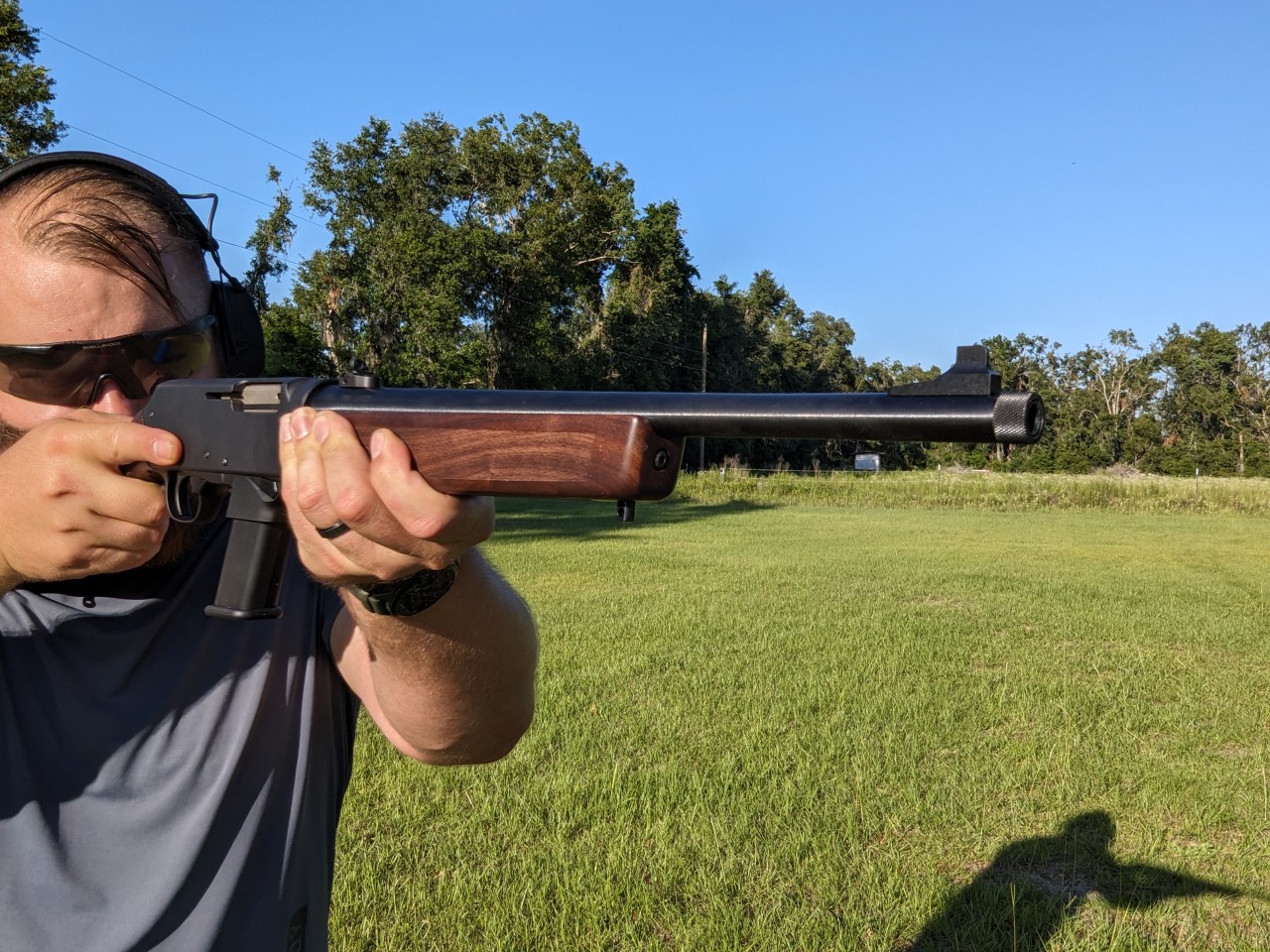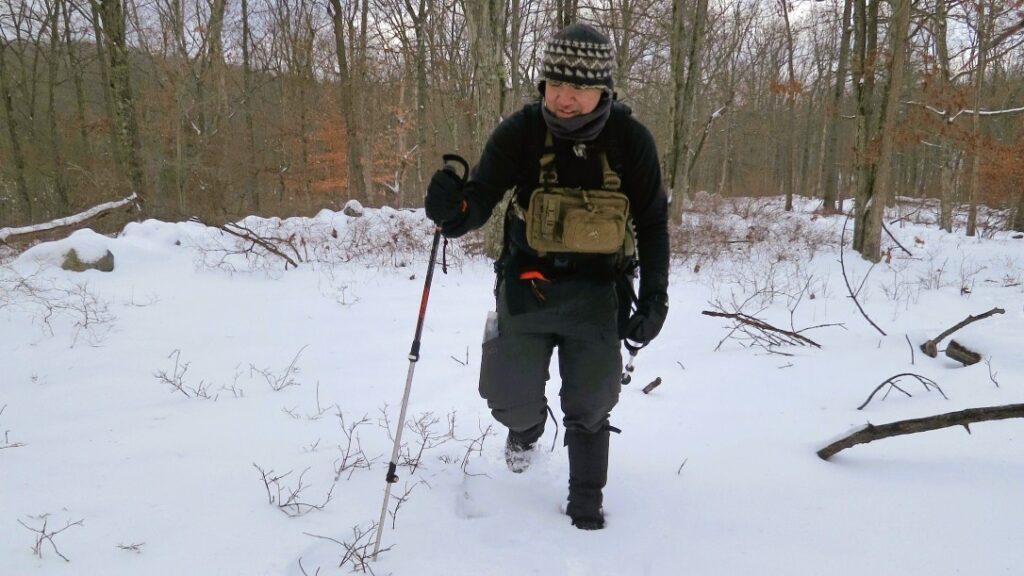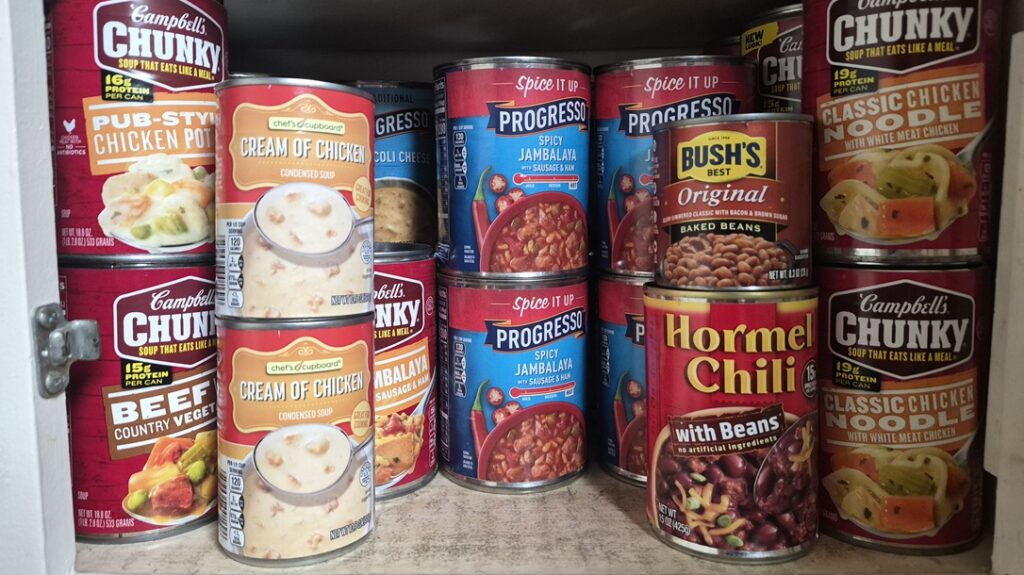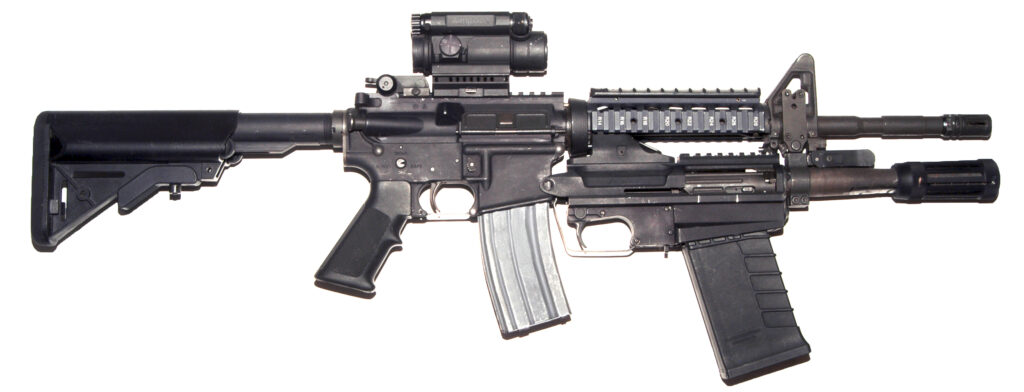Henry’s surprise of SHOT 2024 was a lever action rifle that came in 5.56 or .300 Blackout and takes AR mags. The surprise of last year might fall in that gun’s shadow. However, the Henry Homesteader stands out with its unique features. Unlike the traditional Henry lever guns, the Homesteader is a 9mm PCC that fully rejects the tactical nature of most modern semi-auto carbines.
It was a wood and Monte Carlo stocked rifle. The gun didn’t even have an optics rail. (Although it’s drilled and tapped if you want to add one.) Admittedly, the Homesteader stood out among a sea of M-LOK and black, and I was a fan. I’m a weirdo who likes PCCs, and the Homesteader scratched an itch I didn’t know I had.
Heading Homesteader
At first glance, the Henry Homesteader could be mistaken for a fudd take on the Ruger PCC. They both share a classic layout and simple design. The big difference is the wood stock and forend equipped to the Homesteader. The Homesteader even uses a modular magwell. Every Homesteader comes set up for Henry’s own proprietary, ban state-friendly five and ten-round magazines, but you can swap the magwell with a Glock, SIG P320, or S&W M&P model.
Advertisement — Continue Reading Below

The Henry Homesteader delivers a solid performance. It uses a direct blowback system with a reciprocating mass to help reduce recoil. This system—while keeping the gun affordable—can result in harsh recoil for a pistol caliber. However, Henry has addressed this issue by installing a reciprocating mass that slows down cycling and cuts recoil, enhancing the shooting experience.
The Homesteader comes with iron sights that focus on speed more than precision. The rear sight sits on the barrel and is a wide peep sight. The front sight is blacked out and massive. I’m fine with this setup, but if speed is the key, it would make sense to have an open sight. A rear open sight would be slick and fast, and a higher-visibility front sight wouldn’t be a bad idea.
Advertisement — Continue Reading Below
The Homesteader – Home Run Ergonomics?
One of the standout features of the Henry Homesteader is its ergonomic design. The charging handle can be easily swapped to either side, making it more comfortable for any shooter. Despite the reciprocating action with each shot, I haven’t found it to be a hindrance.

Henry went with a tang-style safety that gives off Mossberg 500 vibes. It’s naturally ambidextrous and textured for easy engagement. It clicks nicely and delivers tactile and audible feedback.
Advertisement — Continue Reading Below
If you shoot with the Homesteader mags, the mag release is a somewhat awkwardly placed ambidextrous option. It’s a lever that needs to be pulled forward to release the magazine. If you’re like me and have swapped to Glock, SIG, or S&W mags, you have a standard push-button release on the left-hand side. It’s perfectly placed for a support hand release.

The Homesteader’s furniture has some nice texturing. It looks good, and it feels nice in your hand. The gun comes outfitted with a thick recoil pad, which is not necessary but not a downside either. Henry saved shooters from needing a workout by making the rifle a handy 6.6 pounds. What I don’t like about the rifle is the unnecessary 14-inch long length of pull. It could be much shorter and more comfortable for smaller shooters.
Advertisement — Continue Reading Below
To The Range!
The one thing I wanted to find out was if the Homesteader’s recoil system worked. Would it be a violent, snappy thing? Luckily, the Henry system worked quite well. The recoil delivers a slow push-like impulse that’s soft and comfortable. You can run through a Bill Drill without your group moving more than an inch from shot one to shot six.

Recoil isn’t bad, but how’s accuracy? The sights are big and designed for speed, but they make some odd decisions. I’d still prefer a rear open sight if I’m going for speed rather than a long eye relief peep sight. The front sight is huge, but it’s all black, and a little white paint would make it easier to see and use.
Advertisement — Continue Reading Below
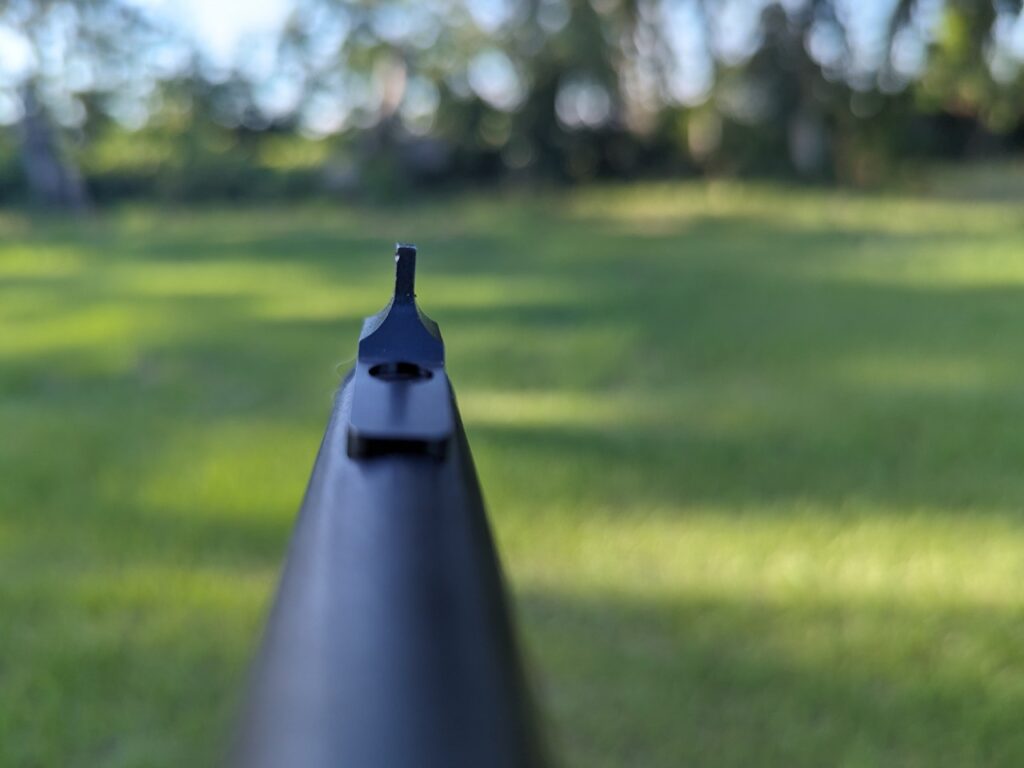
The sights work best within 50 yards. At 50 yards, that big front sight covers a lot of the target, but it’s doable. For a pistol round, it’s not bad, but I do think a red dot would extend that range a little. At 25 yards, you can easily turn an IPSC target’s A-zone into Swiss cheese. For a defensive weapon, or even a working rifle, the accuracy is good enough to relieve a coyote of the burden of their mortal coil at 50 yards.
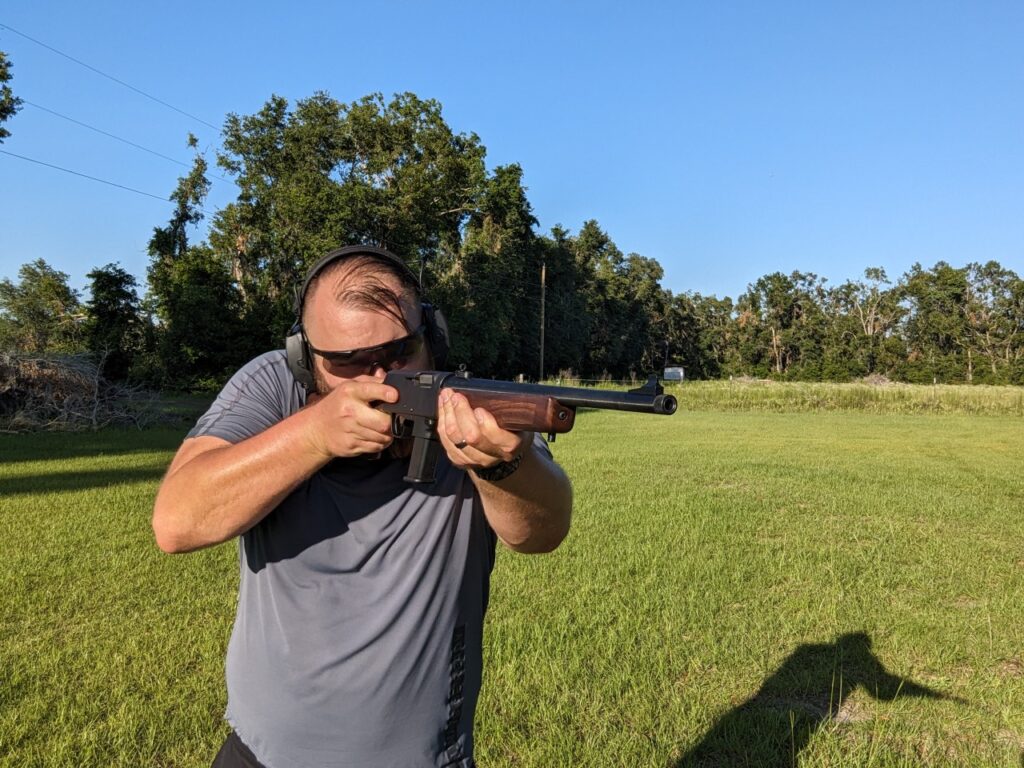
Advertisement — Continue Reading Below
The gun’s super fun to shoot. Its low recoil and decent accuracy make it fun to run and gun with. With a red dot, I could see it as a fun PCC competitor. Maybe not at the pro level, but it’d be fun to draw some eyes at a local match. The little rifle eats and eats without complaint. I used a variety of Glock mags and had no problems.
Protecting the Homestead
Henry delivered with its first semi-auto PCC. It’s a very fun, low-recoiling, and stylish rifle. The ergonomics are interesting and mostly spot-on. I’d like to see a shorter length of pull, and I’d sacrifice the recoil pad to do so. I like that the company went with a modular magazine well, and I like using mags I already have on hand.
The Homesteader delivers in more ways than one. It’s a handy little carbine that breaks from the norm and delivers old-school appeal on a modern platform.
Advertisement — Continue Reading Below
